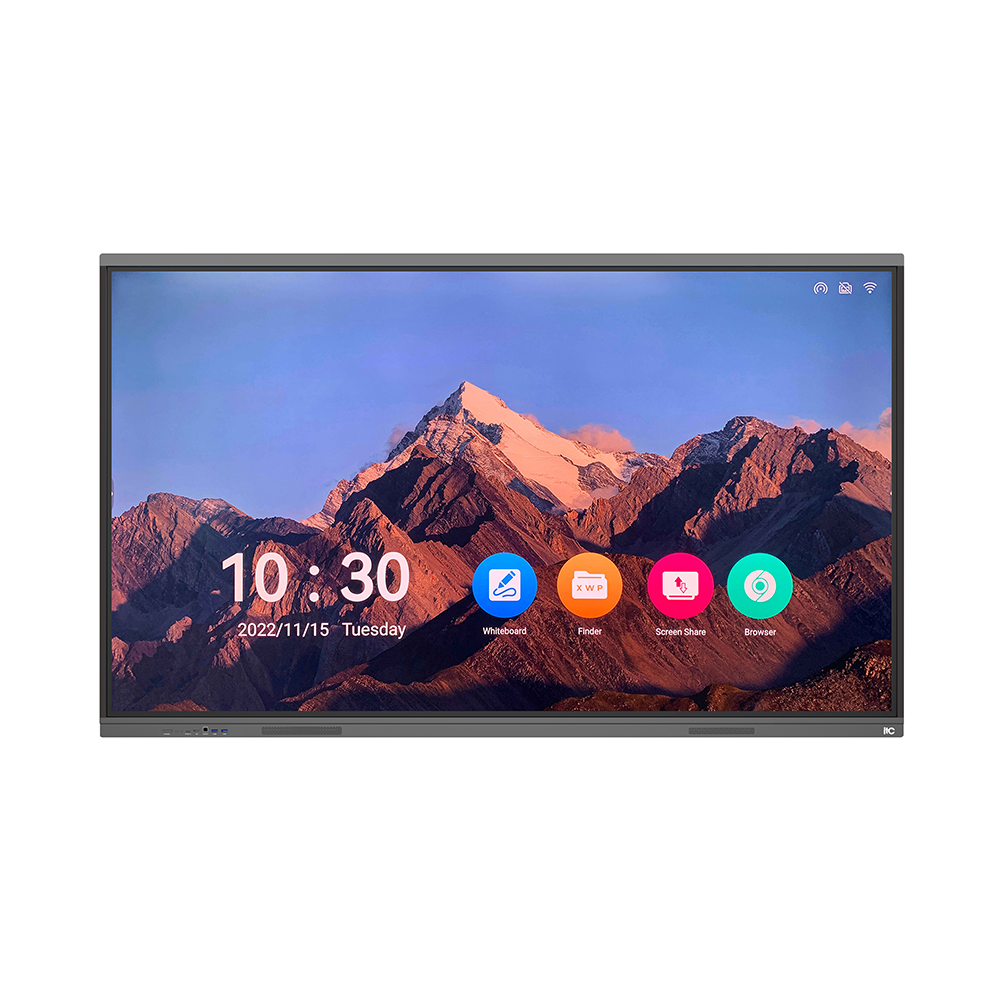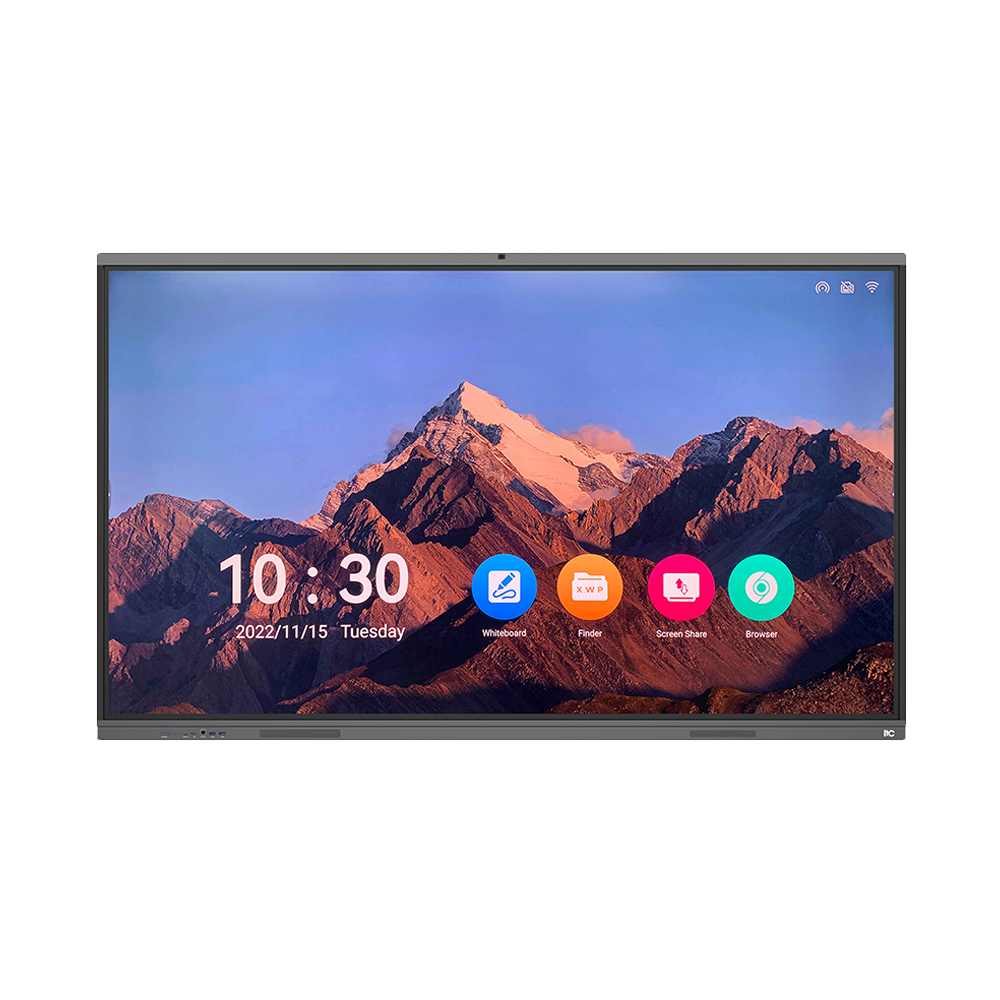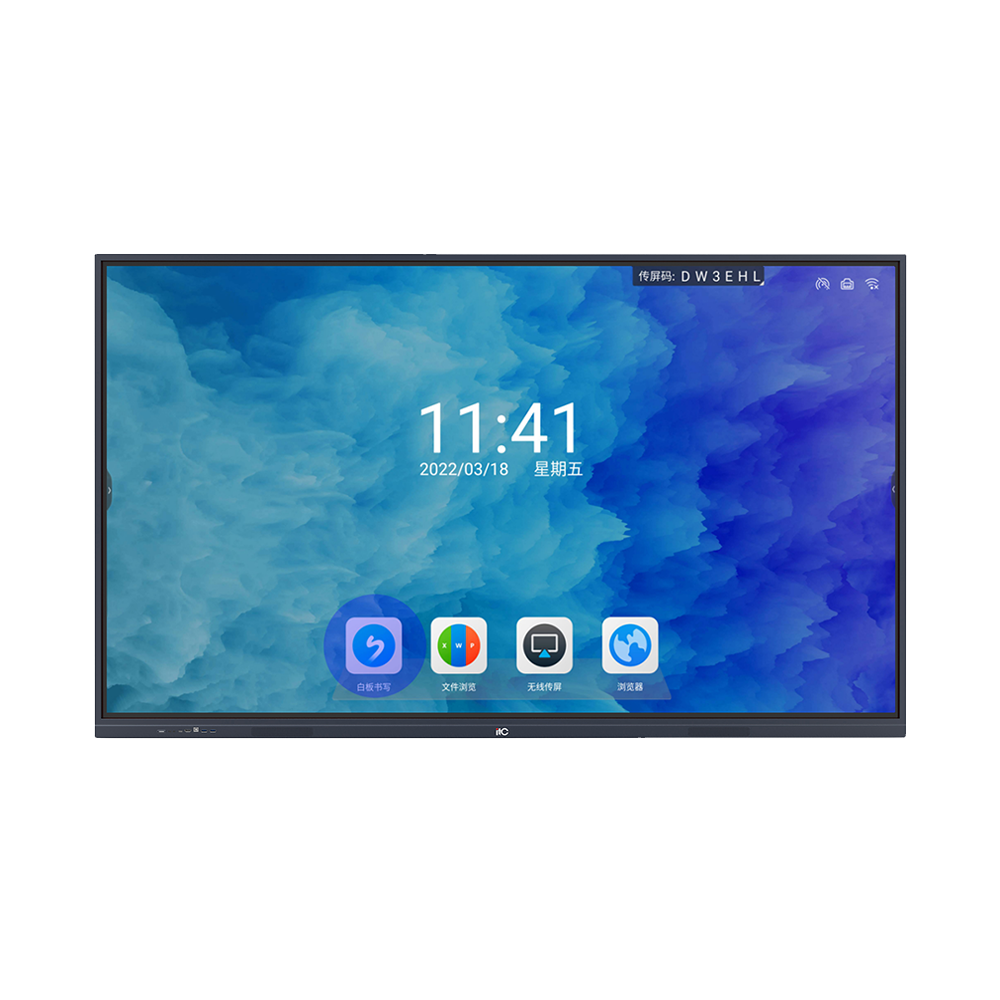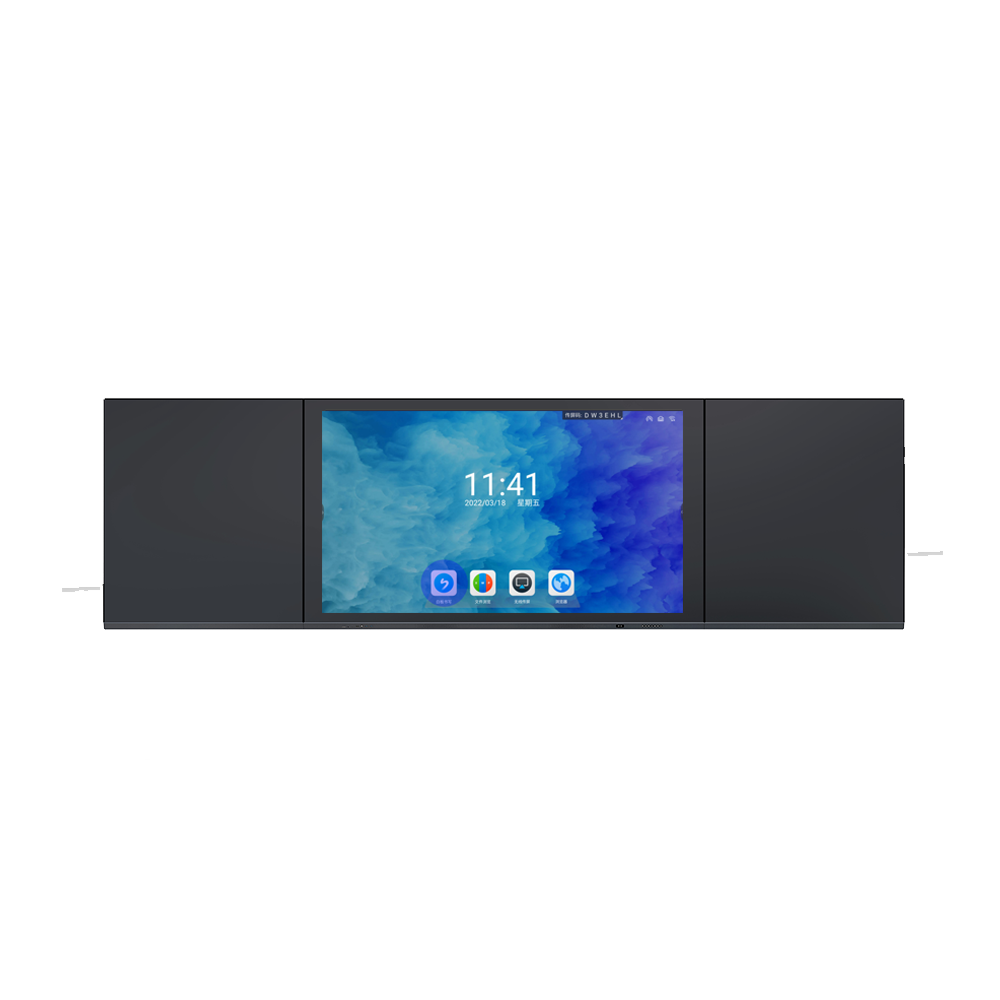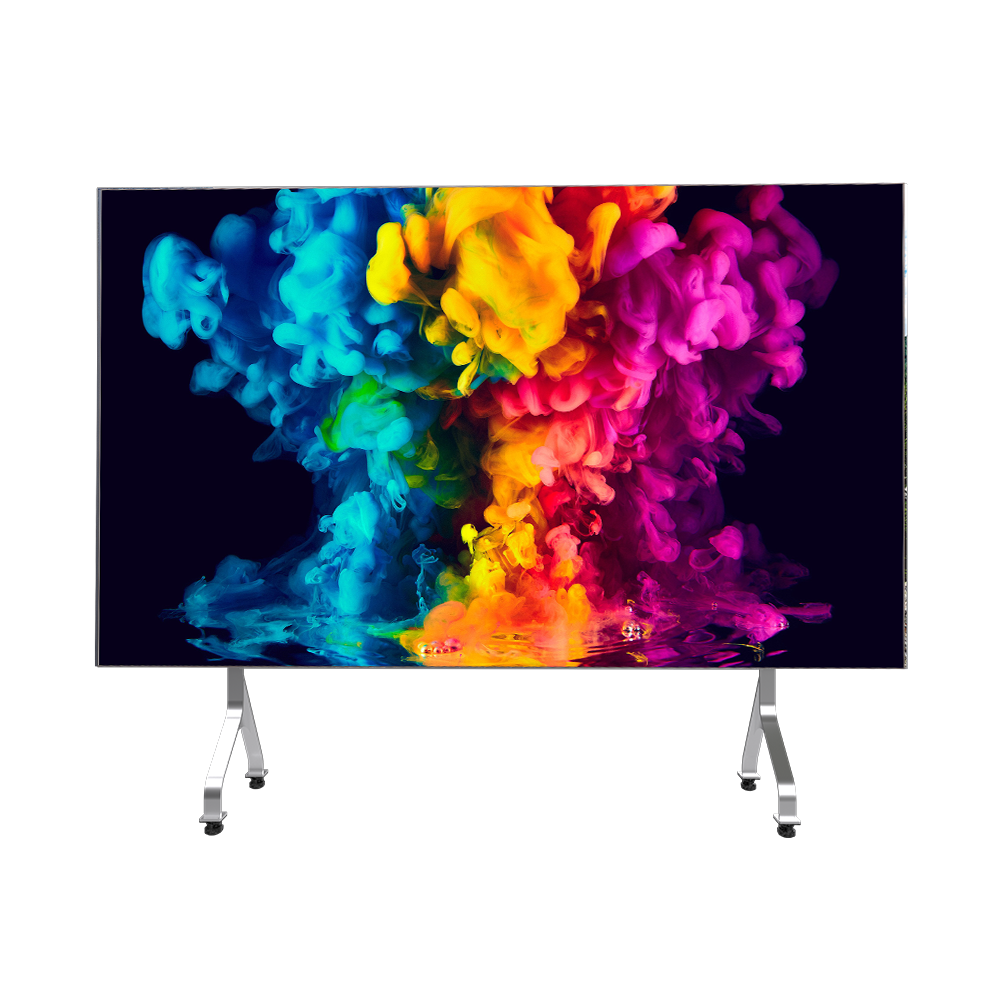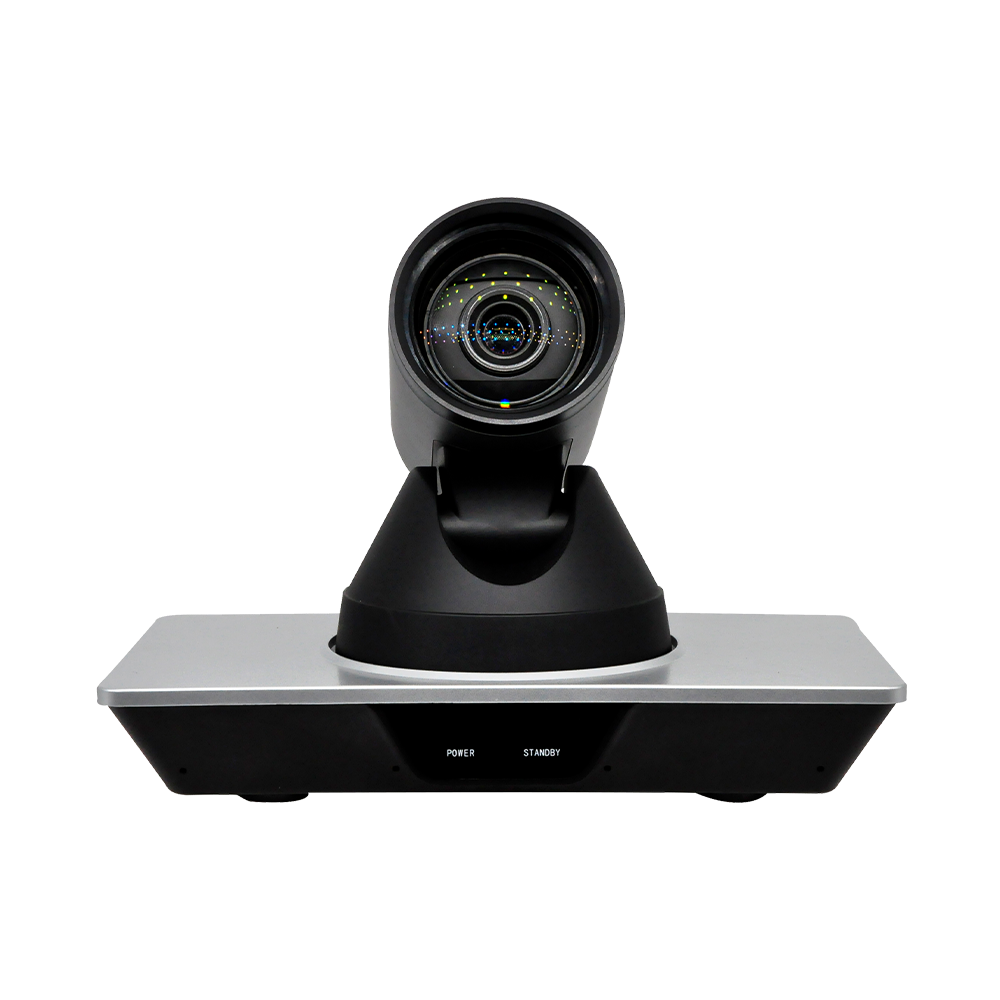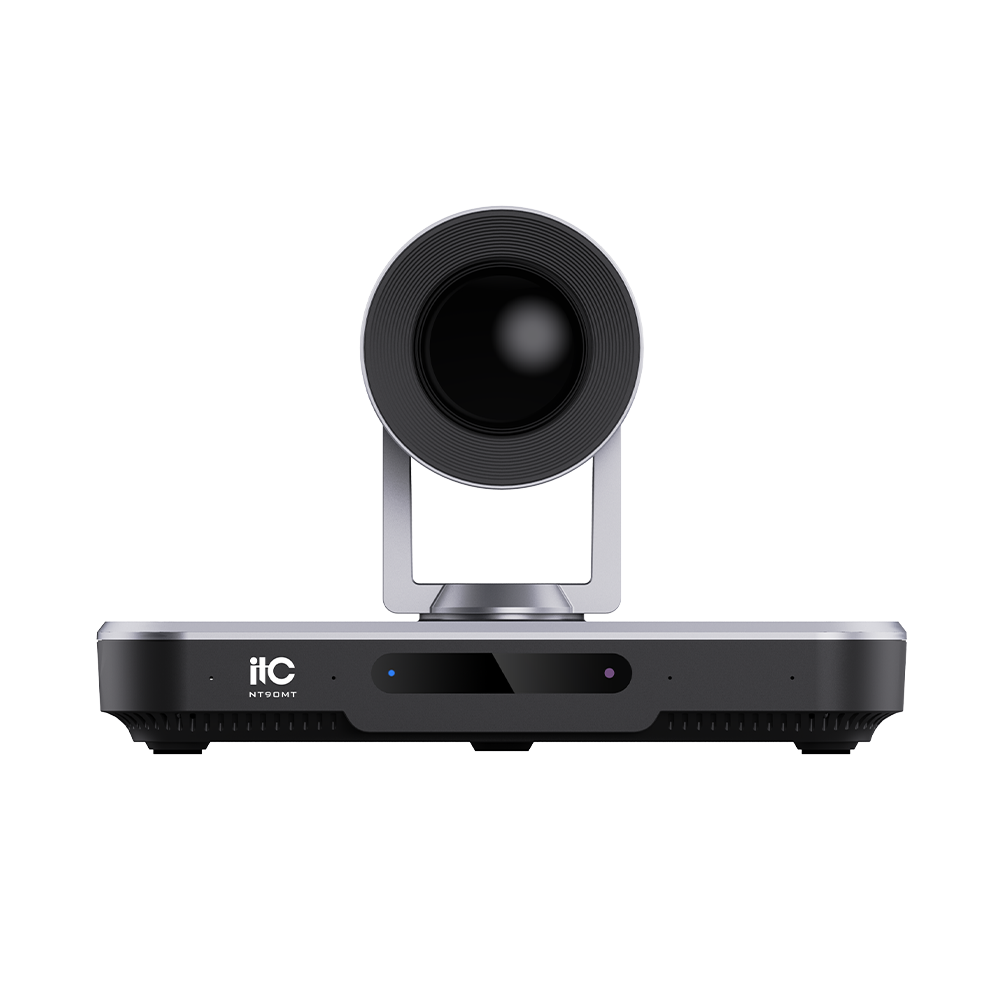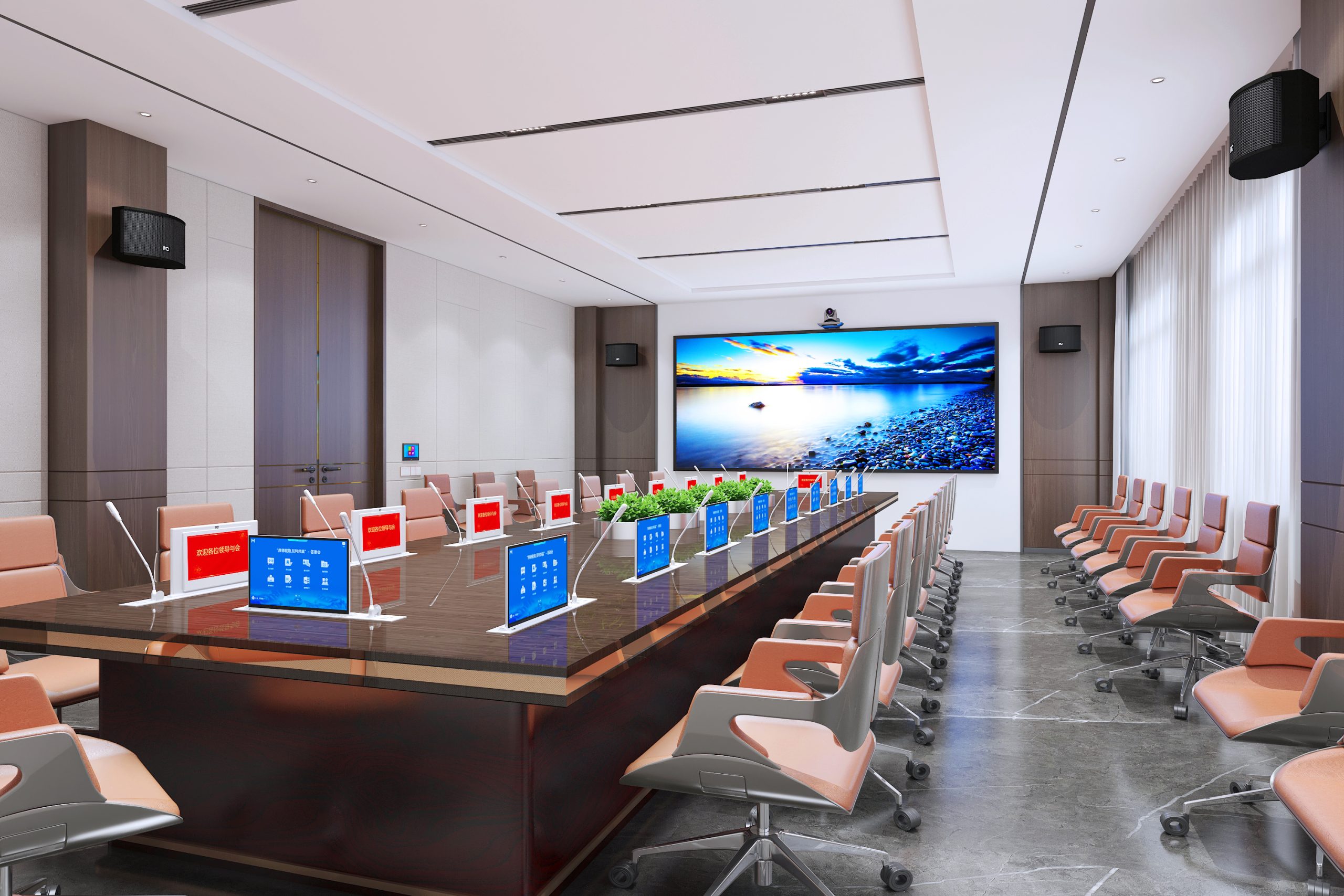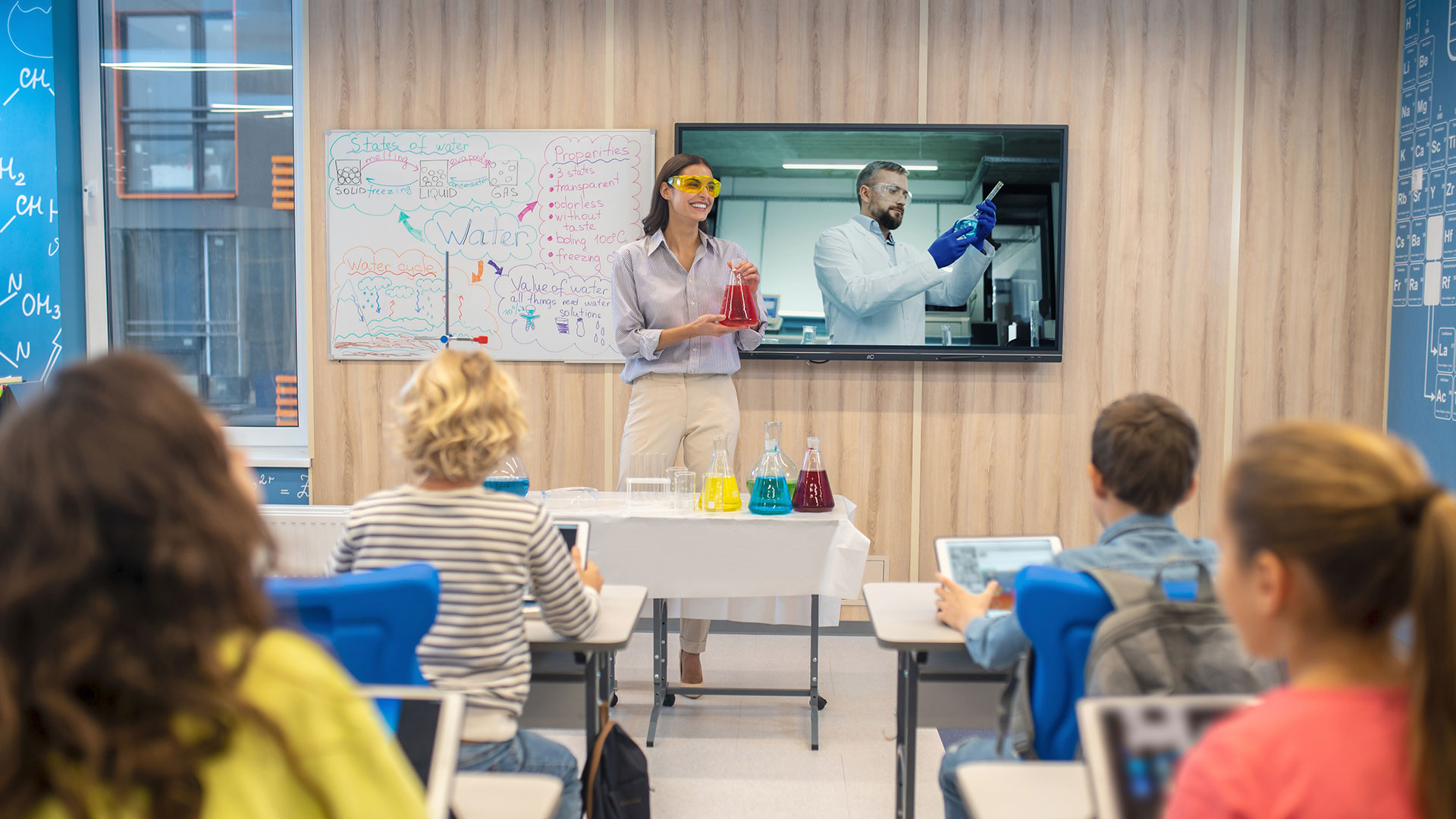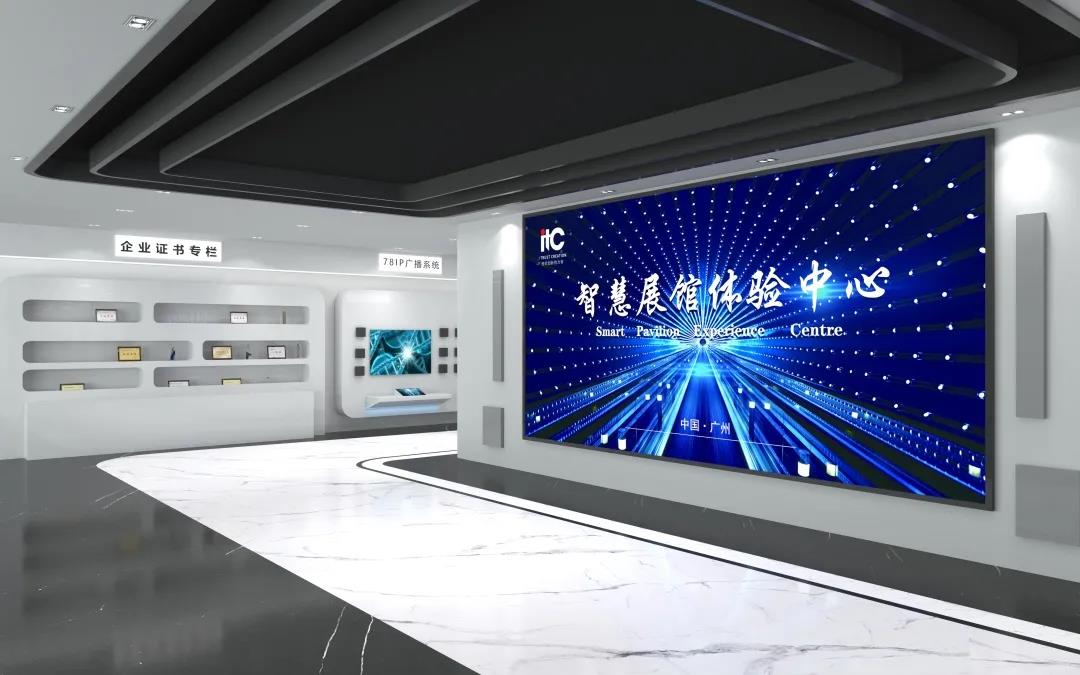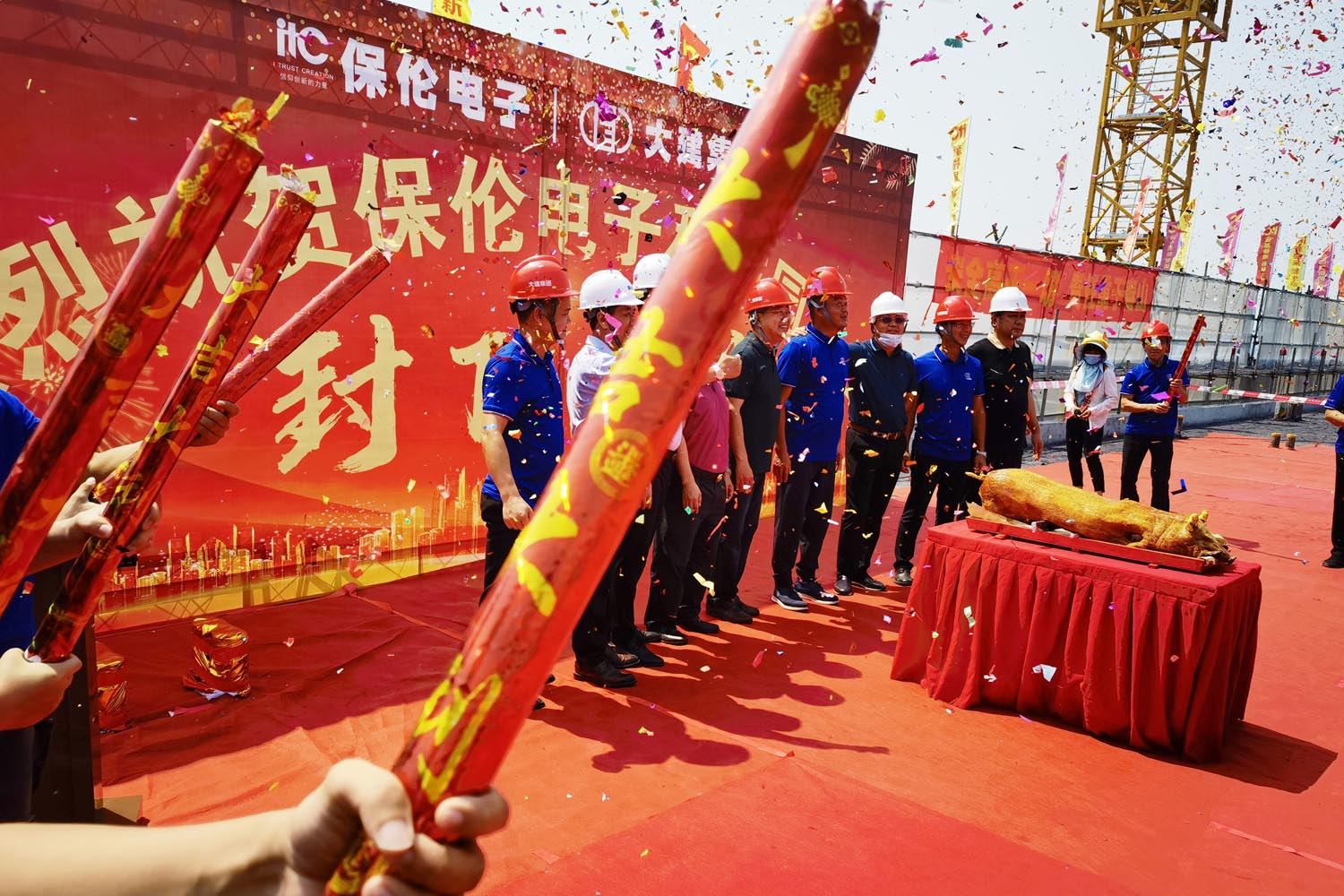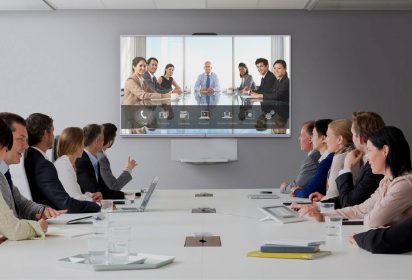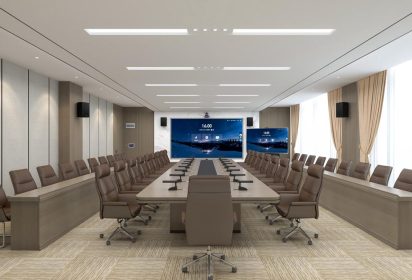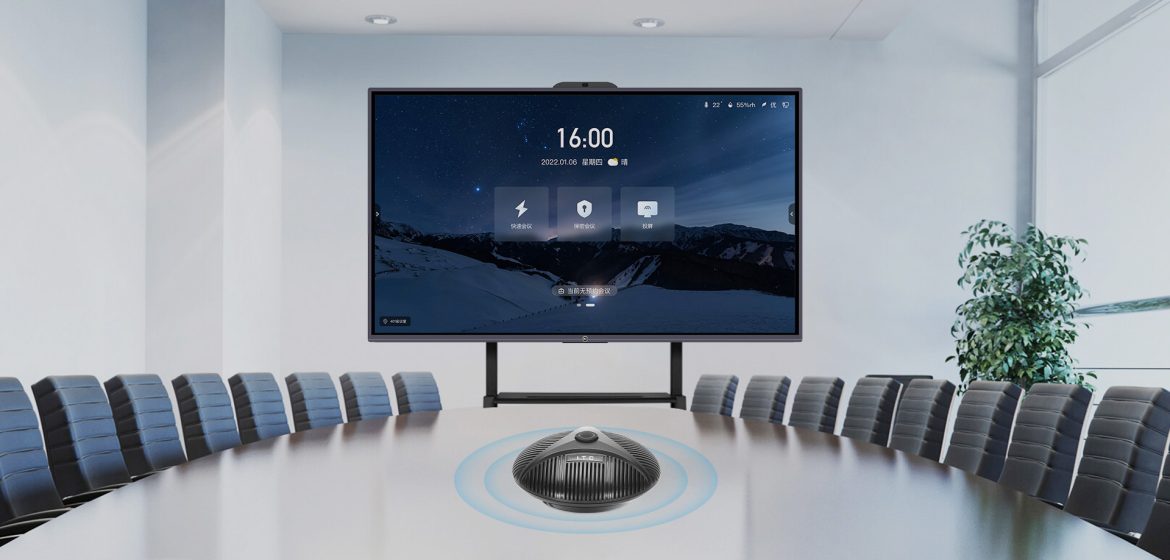
Comparative Analysis of Education Interactive Flat Panels and Conference Smart Board Displays
When it comes to multimedia teaching interactive flat panel and conference interactive panel boards, people are often confused about the differences between them. Although the two may look similar in appearance, their design and functional positioning are completely different. Let's take a closer look at the differences between these two types of equipment.
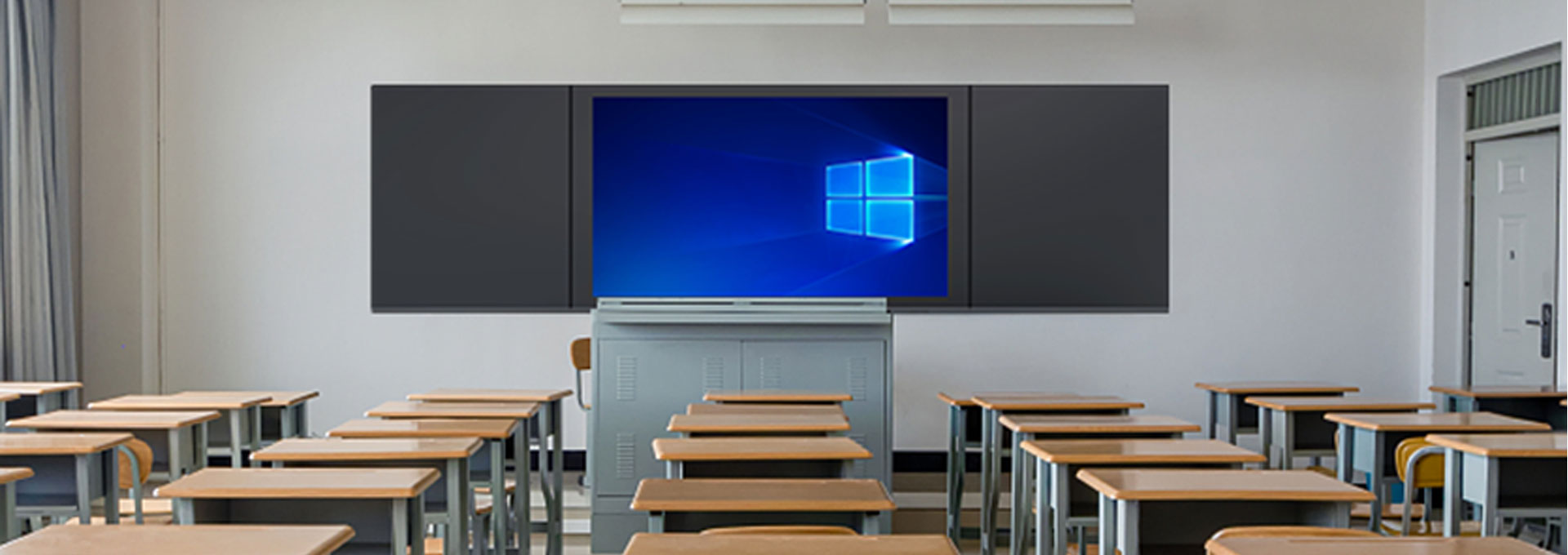
Operating system and functional features
Multimedia interactive screen for classrooms are usually equipped with Windows systems and teaching software, designed to meet the needs of school education and help teachers in classroom teaching. In contrast, smart board display for conference rooms are equipped with a specially customized operating system designed to enhance the efficiency of corporate meetings, including conference management, enterprise cloud storage software, to meet the needs of meeting rooms and internal corporate meetings.
Differences in application scenarios and purposes
Smartboard display for conference rooms are mainly used in office meeting rooms, corporate training, and large exhibition venues to enhance corporate image and significantly improve internal meeting efficiency, suitable for various business occasions. On the other hand, multimedia educational digital whiteboard screens are used in educational settings, including primary and secondary school classrooms, training institutions, to meet students' multimedia teaching needs.
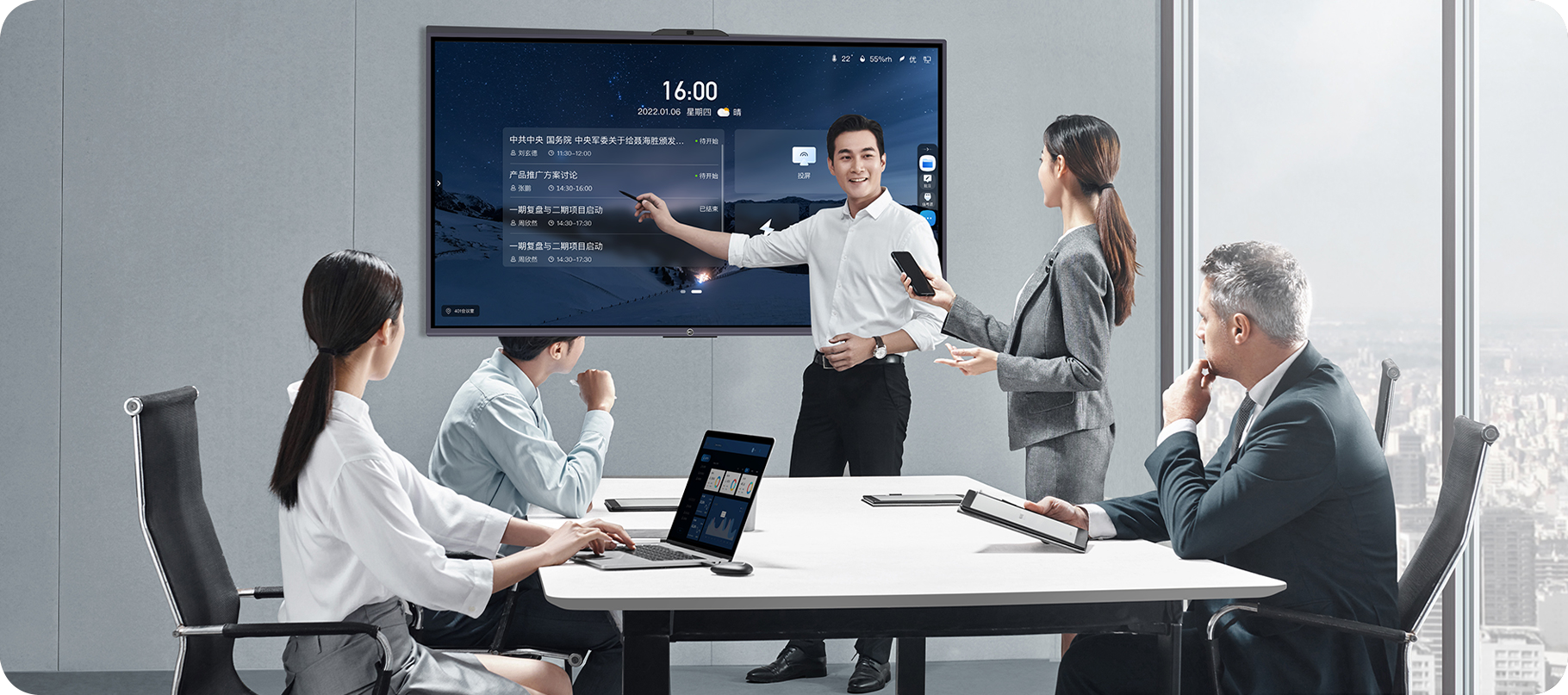
Application software and user experience optimization
Smartboard display for conference room are equipped with professional conference software such as conference management, enterprise cloud storage, and office. It is specifically optimized for large-screen display to provide a more practical meeting experience. On the other hand, interactive screen for classrooms require various subject-specific teaching software and pursue a more lively and interesting user experience.
Despite the significant differences in functionality and application scenarios, the two devices share some commonalities. They have similar basic functions, hardware configurations, and performance and offer relatively affordable prices to meet diverse user needs.
In summary, interactive screen for classroom and conference smart board interactive flat panels have their characteristics, respectively meeting the needs of education and business fields. This in-depth comparison will help users to choose better the device that suits their needs, improve teaching and meeting efficiency, and provide a better user experience for different industry scenarios.



